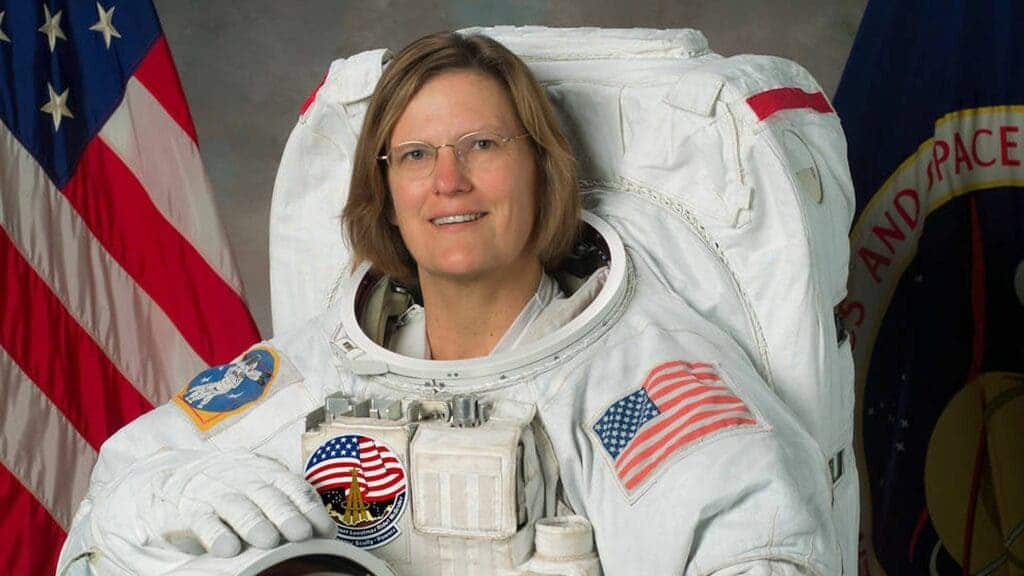Kathy Sullivan, the first American woman to walk in space in 1984, has now become the first woman to reach the bottom of Challenger Deep in the Mariana Trench, considered the deepest point on Earth.
She is now the only human to have done both.

The former astronaut, who made history with her spacewalk, made another groundbreaking trip by going to the bottom of the western Pacific Ocean. She reached the depth of almost 36,000 feet (about 6.8 miles) in a submersible, accompanied by Victor Nescovo – a deep-sea explorer and entrepreneur.
Sullivan and Vescovo spent about an hour and a half at their destination, located in a muddy depression in the Mariana Trench — about 200 miles southwest of Guam. They captured photos from the submarine (which was specially designed for the deep-sea) and then began the four-hour ascent.
The Challenger Deep is essentially a pitch-black place of freezing temperatures and deep-water pressure. It was first reached by Swiss oceanographer Jacques Piccard and US Navy Lt. Don Walsh in 1960. Then, in 2012, the Titanic director and underwater explorer James Cameron visited the site aboard the Deepsea Challenger.
Once Sullivan and Nescovo returned to the surface, a call was arranged between the explorers and the International Space Station (ISS), allowing them to discuss their extraordinary journey with the United States astronauts that recently arrived at the ISS thanks to SpaceX’s Crew Dragon.
“As a hybrid oceanographer and astronaut this was an extraordinary day, a once in a lifetime day, seeing the moonscape of the Challenger Deep and then comparing notes with my colleagues on the ISS about our remarkable reusable inner-space outer-spacecraft,” Sullivan said in a statement.
The submarine dive was part of the Ring of Fire expedition organized by Caladan Oceanic, a deep-sea exploration company founded by Vescovo. The company organized the Five Deeps expedition, which explored the five deepest points on Earth. The new expedition hopes to provide the first 4K video of the Challenger Deep.
Close ties with the oceans
Back in 1978, Sullivan joined NASA as part of the first group of U.S. astronauts to include women. On October 11, 1984, she became the first American woman to walk in space. “That is really great,” Dr. Sullivan said after she floated into the cargo bay of the shuttle Challenger, about 140 miles above Earth.
Later, Sullivan became the administrator of the National Oceanic and Atmospheric Administration. She always had a longstanding fascination with the ocean. Before becoming an astronaut, she participated in one of the first attempts to use a submersible to study the volcanic processes that make the ocean crust.
Tim Shank, a biologist at the Woods Hole Oceanographic Institution, told the New York Times that Sullivan is a “consummate leader” in the study of the world’s oceans. “I’m thrilled to hear that she was in it,” he said. “Anytime we can reach such extreme places on Earth to learn about them, it’s a major event.”



